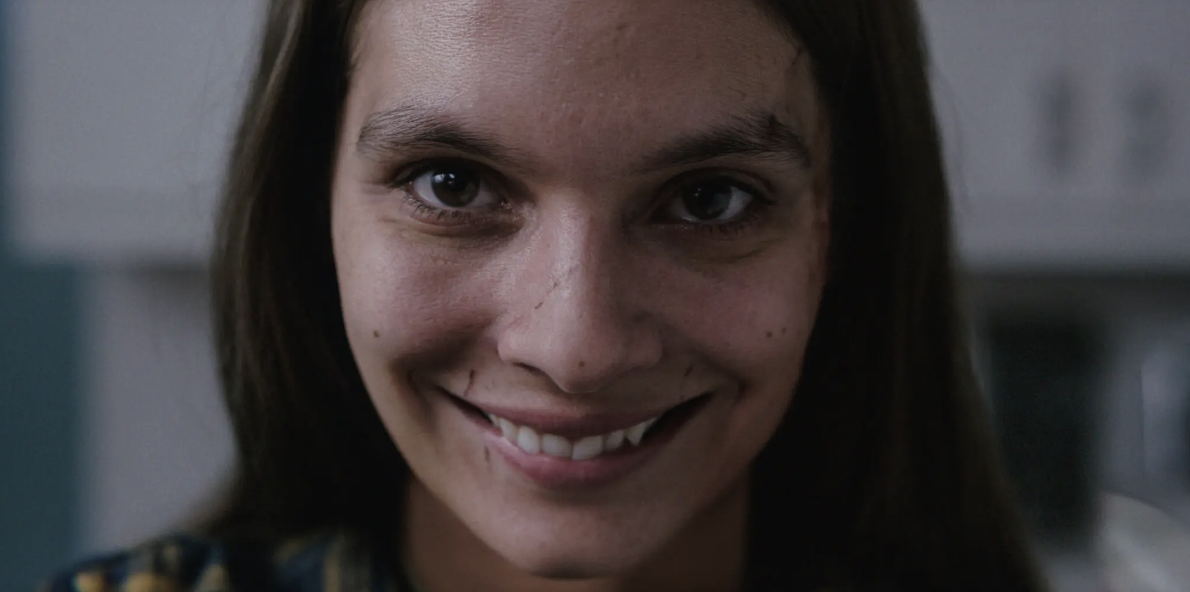The Surprising Summer Surge: Why Horror Movies Earn More in Summer than October
When you think of horror movies, October and its spooky Halloween vibes probably seem like the perfect time for them to shine. But guess what? Recent trends have shown a surprising twist: horror movies often rake in more money during the summer than in October! This unexpected phenomenon has caught the attention of filmmakers and marketers everywhere. Let's dive into why horror movies do so well in the summer and why this trend is turning heads.
1. Summer Blockbuster Season: A Prime Time for Moviegoers
The summer months, traditionally known for blockbuster releases, attract massive audiences to theaters. With schools out, families having more leisure time, and people looking for entertainment to escape the heat, cinemas see a significant increase in foot traffic. This provides a fertile ground for all genres, including horror. By positioning a horror movie alongside other summer hits, studios can capitalize on the high volume of moviegoers. For example, "The Conjuring" (2013), released in July, grossed over $318 million worldwide. Its summer release helped it stand out in a crowded marketplace, benefiting from the high traffic of summer moviegoers.
Credit: Warner Bros
Credit: Universal Pictures
2. Less Competition Within the Genre
October is crowded with horror releases as studios rush to align their premieres with Halloween. This saturation can dilute the impact of individual films, making it harder for a single title to stand out. In contrast, releasing a horror film in the summer often means less direct competition within the genre. Without the congestion of October, a summer horror movie can dominate its niche and capture a larger share of the box office. For example, "The Black Phone" (2022), released in late June, earned over $152 million worldwide. Its summer release allowed it to capture the attention of audiences looking for a mid-year scare.
3. Audience Behavior and Preferences
Contrary to what one might expect, audiences don't only crave horror during Halloween. The allure of a good scare is perennial, and during the summer, viewers are just as eager for thrilling and chilling experiences. Moreover, the communal aspect of horror movies – the shared gasps, jumps, and screams – is particularly appealing during the social summer months when friends and families are more likely to gather. For example, "Smile" (2022), released in late September and capitalizing on the extended summer movie season, grossed over $216 million worldwide. Its timing tapped into summer audiences seeking a communal horror experience during late-season gatherings.
Credit: Paramount Pictures
Credit: Neon
4. Strategic Marketing and Release Timing
Studios have become adept at strategically marketing horror films to leverage the summer hype. By creating compelling trailers, engaging in viral marketing campaigns, and generating buzz on social media, they can build anticipation well before the release date. Furthermore, the timing of summer releases allows horror movies to take advantage of key holiday weekends like the Fourth of July, when audiences flock to theaters. For example, "Longlegs" (2024), released just last weekend, effectively utilized summer marketing strategies to achieve a worldwide gross of $20 million. This impressive figure, especially considering the film's niche genre and modest budget of $3-10 million, highlights the power of its exceptional marketing campaign in one of the toughest box office years in recent memory.
5. Counter-Programming Advantage
Horror movies often serve as excellent counter-programming to the typical summer fare of action blockbusters and family-friendly films, offering a distinct alternative for viewers seeking a different kind of thrill. This differentiation helps horror movies carve out a unique space in the summer box office landscape, attracting audiences who might not be interested in the more traditional summer genres. For instance, "The Meg" (2018), which blends sci-fi with horror, capitalized on the summer audience with its August release and grossed over $530 million worldwide. Its unique mix of horror and action provided a refreshing alternative to the usual summer blockbusters.
Credit: Sony
Credit: Warner Bros
6. The Element of Surprise
Releasing a horror movie in the summer can benefit from the element of surprise, as audiences typically expect these films in October. A well-timed summer release can catch viewers off guard, generating excitement and intrigue by offering something unexpected. This surprise factor can heighten interest and drive audiences to theaters out of curiosity and a desire for a novel cinematic experience. For example, "It" (2017), released in early September just before the Halloween season ramped up, created an unexpected surge in box office revenue and grossed over $700 million worldwide, proving that horror can thrive outside of October
The trend of horror movies making more money in summer than October challenges traditional views about the genre. Studios have tapped into this by understanding audience behavior and timing releases strategically, revealing the versatility and enduring appeal of horror films. This surprising success highlights the power of innovative marketing and planning, showing that summer can be a prime time for a good scare.
For The Love Of Movies,
Jonathan Austin







